Rosé is like the under-celebrated middle-child of the wine world- she really does have her work cut out for her when it comes to proving herself. So, fellow wine starter-uppers and equally vino-curious: let’s chat wine basics about rosé.
As two South Africans who have just survived their first European winter in the misty and continually rainy region of Burgundy, we felt like our bodies were, quite literally, defrosting at the first rays of warm sunshine that our fell on arms, faces and icy-red noses last week. SUN. Ta-ta to Gosia’s wooly orange coat and Kristen’s rainbow range of beanies, and hello to all trees with leaves and people walking their fluffy dogs.

 And with this glorious change in seasons, comes a change of wine. Goodbye to the ‘this-wine-makes-my-heart-burn’ heavy winter reds, and hello rosé, you pretty thing. This is a wine that France does so right – especially the South of France – with areas such as Provence being kings of the drink. So, in the delight of the sunny weather and the fact that we’re actually living in France, we bought some fun-looking bottles of rosé and went for a très français pique nique. While sipping on our rosé, we shared what we know about this pale, pinkish beverage:
And with this glorious change in seasons, comes a change of wine. Goodbye to the ‘this-wine-makes-my-heart-burn’ heavy winter reds, and hello rosé, you pretty thing. This is a wine that France does so right – especially the South of France – with areas such as Provence being kings of the drink. So, in the delight of the sunny weather and the fact that we’re actually living in France, we bought some fun-looking bottles of rosé and went for a très français pique nique. While sipping on our rosé, we shared what we know about this pale, pinkish beverage:
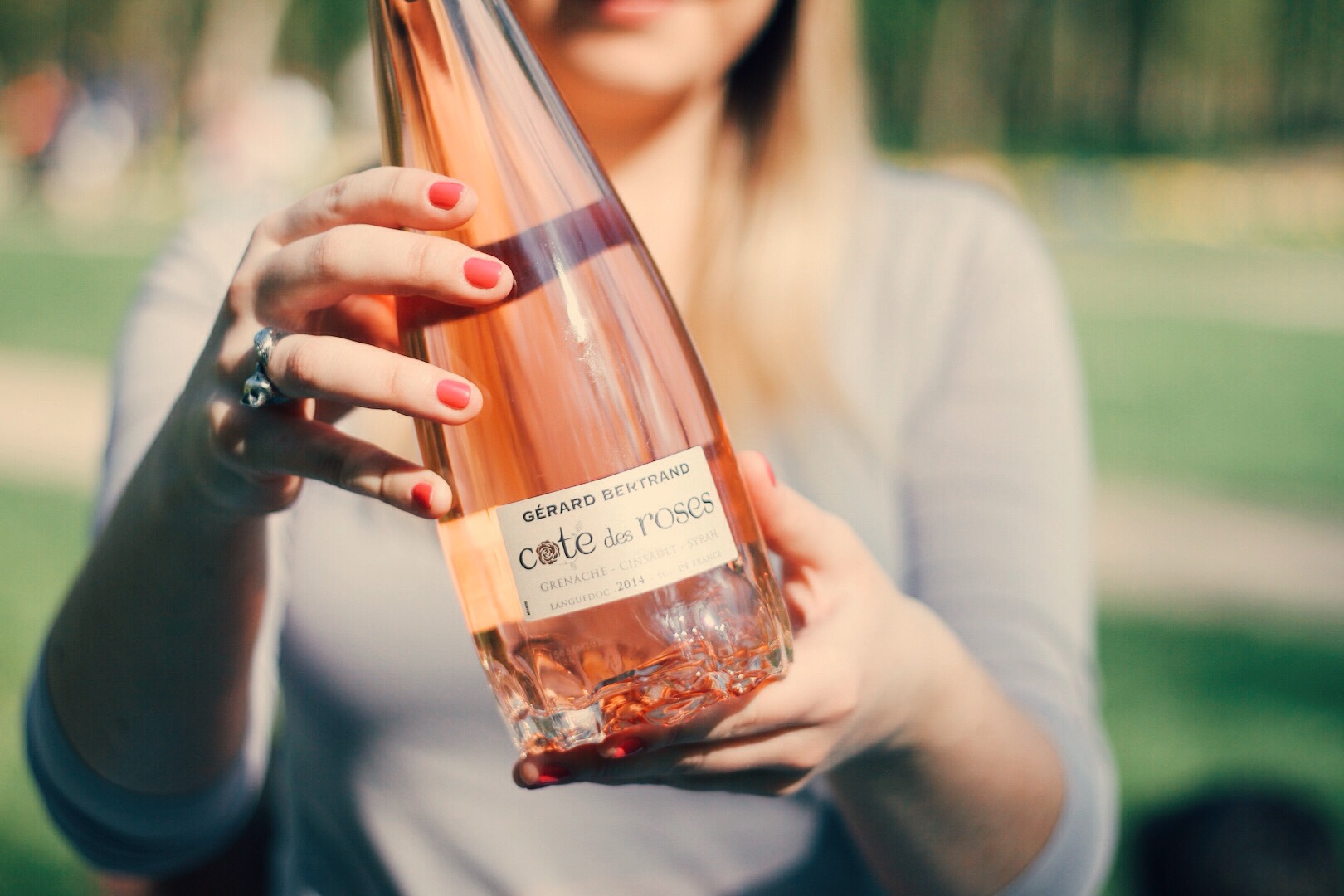
 Fact #1: Rosé is found right in the middle between the ranges of red and white wine, making it the perfect ‘inbetween’ of wine styles. In fact, it’s often said to be a warm weather drink, because it has a generally low acidity (no tarty feeling in your mouth) and low alcohol (no heat left in your throat once you’ve swallowed), making it an easy-drinking, let’s-just-lie-here-on-the-grass-while-eating-our-hummus kind of wine.
Fact #1: Rosé is found right in the middle between the ranges of red and white wine, making it the perfect ‘inbetween’ of wine styles. In fact, it’s often said to be a warm weather drink, because it has a generally low acidity (no tarty feeling in your mouth) and low alcohol (no heat left in your throat once you’ve swallowed), making it an easy-drinking, let’s-just-lie-here-on-the-grass-while-eating-our-hummus kind of wine.
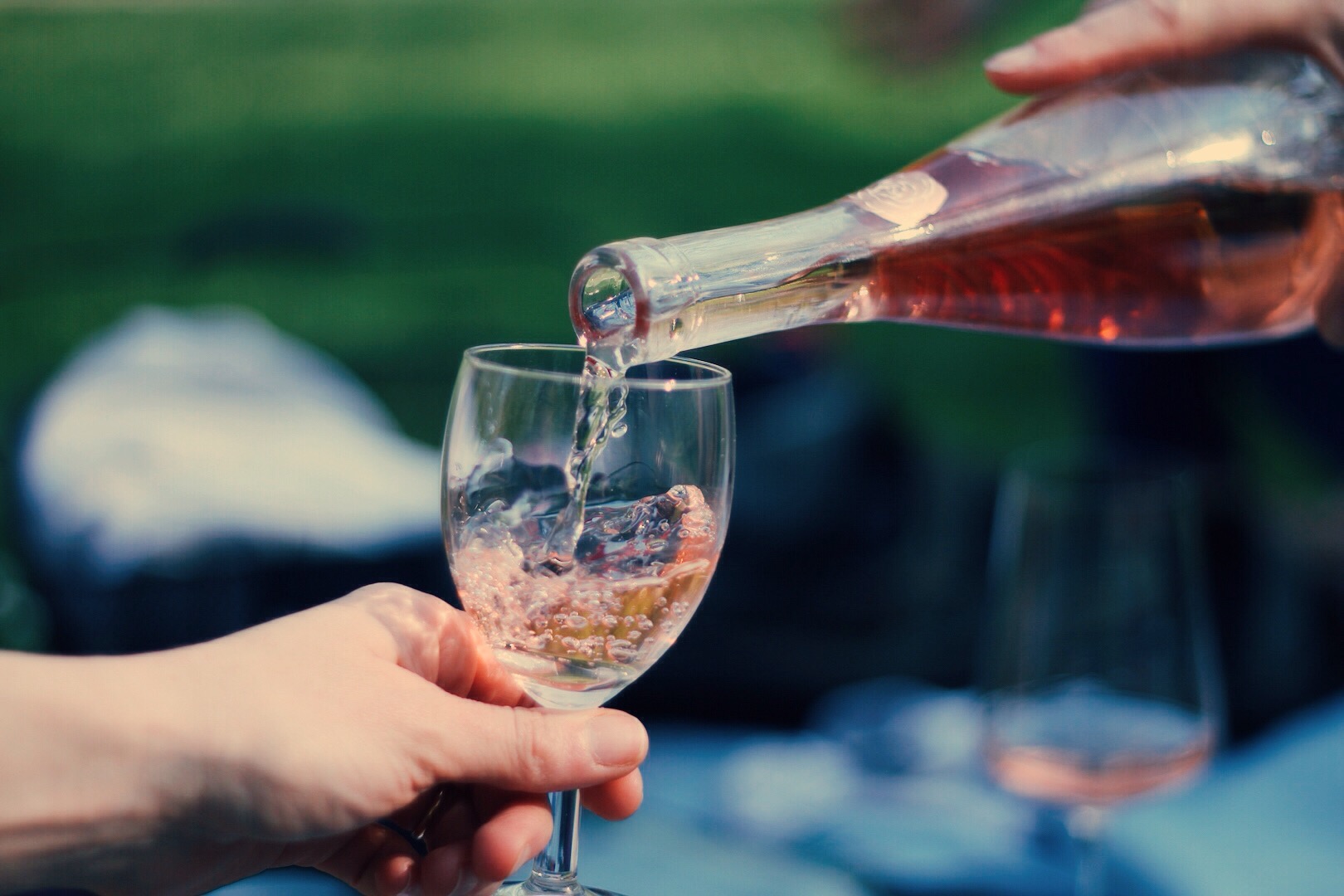 Fact #2: One of our favourite things about rosé is the delicate Pantone colour palette of pink it offers – after all, rosé is just the French word for pink you know. Just imagine your picnic basket, stuffed to the brim with juicy grapefruit segments, cuts of salmon laced across thin melba toast and ruby pink slices of strawberry – that’ll give you an idea of the colour range this wine is capable of.
Fact #2: One of our favourite things about rosé is the delicate Pantone colour palette of pink it offers – after all, rosé is just the French word for pink you know. Just imagine your picnic basket, stuffed to the brim with juicy grapefruit segments, cuts of salmon laced across thin melba toast and ruby pink slices of strawberry – that’ll give you an idea of the colour range this wine is capable of.
 Fact #3: So how is rosé made? For starters, just know that mixing red and white wine together is not how you make rosé (although granted, that would make much more sense). The main difference between rosé and red wine is the length of time the grape juice stays in contact with the red skins, a process known as maceration (just think of a bunch of grapes sitting in their little grape skin coats and seeping their colour into the otherwise white juice). All grapes are crushed and destemmed, then left to macerate before pressing when making rosé. There is a more complicated method called ‘saignée’ which literally means bleeding, because the juice from a red wine can be ‘bled off’ and fermented into a rose bled to make a much darker and more savory rosé. But let’s not get too complicated. This is wine basics after all.
Fact #3: So how is rosé made? For starters, just know that mixing red and white wine together is not how you make rosé (although granted, that would make much more sense). The main difference between rosé and red wine is the length of time the grape juice stays in contact with the red skins, a process known as maceration (just think of a bunch of grapes sitting in their little grape skin coats and seeping their colour into the otherwise white juice). All grapes are crushed and destemmed, then left to macerate before pressing when making rosé. There is a more complicated method called ‘saignée’ which literally means bleeding, because the juice from a red wine can be ‘bled off’ and fermented into a rose bled to make a much darker and more savory rosé. But let’s not get too complicated. This is wine basics after all.
 Fact #4: If you’re ever tempted to buy a rosé, don’t fear that they will all be like that candied sweet drink your great aunt stores in her cupboard for unexpected house guests like you (though it must be stated that Kristen’s great aunt is an exception here – she usually has some elegant Sauv Blanc from New Zealand on tap). Rosé can be found as both Dry Rosé Wine (aka ‘not sweet’) and as Sweet Rosé Wine, but this is mostly reserved for bulk production (that doesn’t mean bad either). Basically, just know that rosé can, like any wine, also be available in varying levels of sweetness, so you’re bound to find something you like. Don’t just think it’s all the same and it’s not for you – that’s just mean to do to the poor little thing.
Fact #4: If you’re ever tempted to buy a rosé, don’t fear that they will all be like that candied sweet drink your great aunt stores in her cupboard for unexpected house guests like you (though it must be stated that Kristen’s great aunt is an exception here – she usually has some elegant Sauv Blanc from New Zealand on tap). Rosé can be found as both Dry Rosé Wine (aka ‘not sweet’) and as Sweet Rosé Wine, but this is mostly reserved for bulk production (that doesn’t mean bad either). Basically, just know that rosé can, like any wine, also be available in varying levels of sweetness, so you’re bound to find something you like. Don’t just think it’s all the same and it’s not for you – that’s just mean to do to the poor little thing.
 Fact #5: You don’t have to take out a new home loan to afford a great bottle of rosé – generally speaking, rosé tends to be under-valued (remember: real men drink pink drinks), so you can pick up a delightful bottle of pink at a cheerful price.
Fact #5: You don’t have to take out a new home loan to afford a great bottle of rosé – generally speaking, rosé tends to be under-valued (remember: real men drink pink drinks), so you can pick up a delightful bottle of pink at a cheerful price.
 As our Sunday lounging on the grass came to an end, and Gosia found herself some churros as an accompaniment to her third glass of rosé, there was no doubt that we sure do love this wine. It’s a perfect blend of affordable, delicate and easy on the eyes and mouth. Go on, try some – get some rosé in them cheeks.
As our Sunday lounging on the grass came to an end, and Gosia found herself some churros as an accompaniment to her third glass of rosé, there was no doubt that we sure do love this wine. It’s a perfect blend of affordable, delicate and easy on the eyes and mouth. Go on, try some – get some rosé in them cheeks.




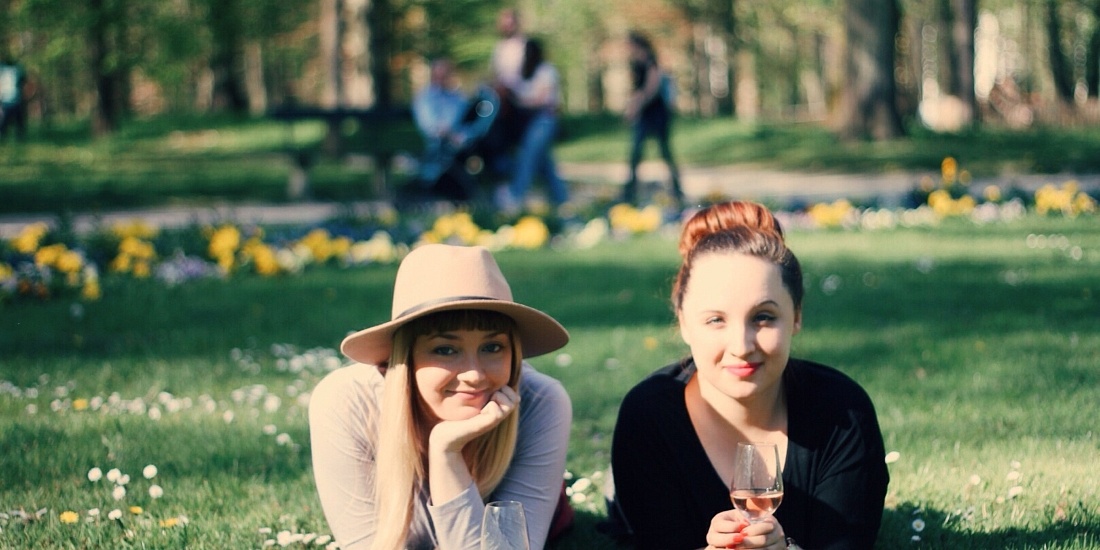

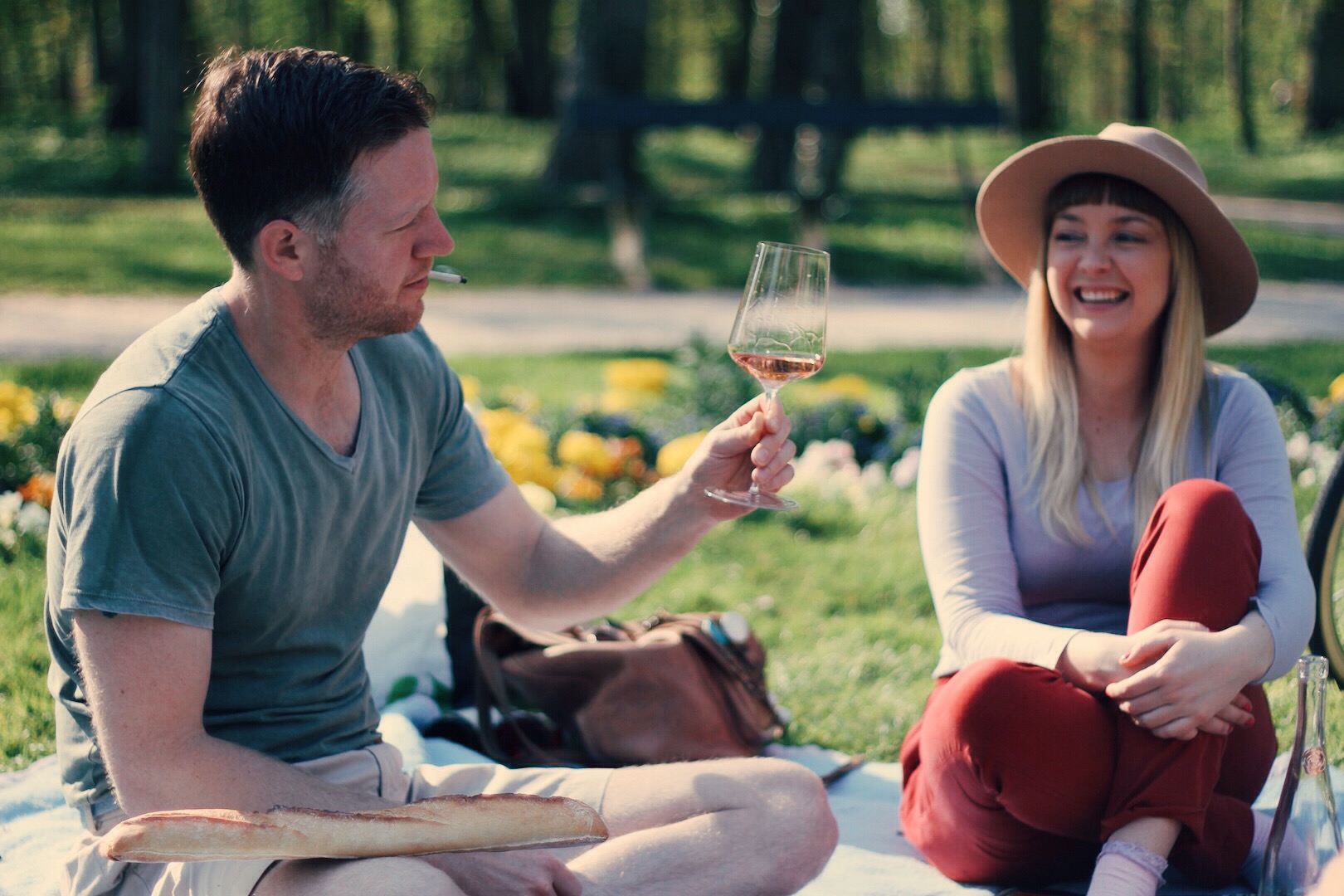
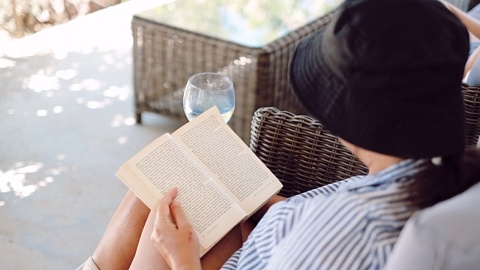
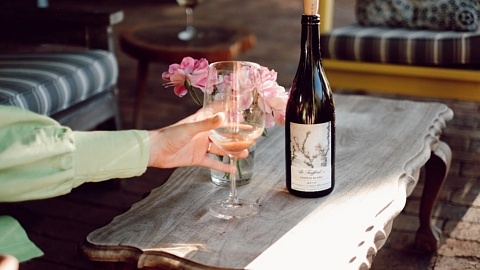
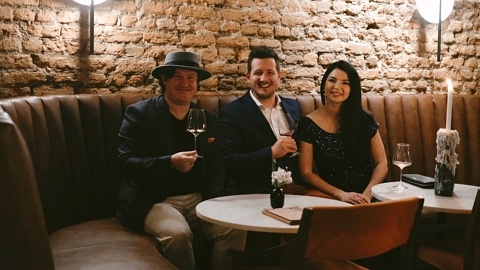




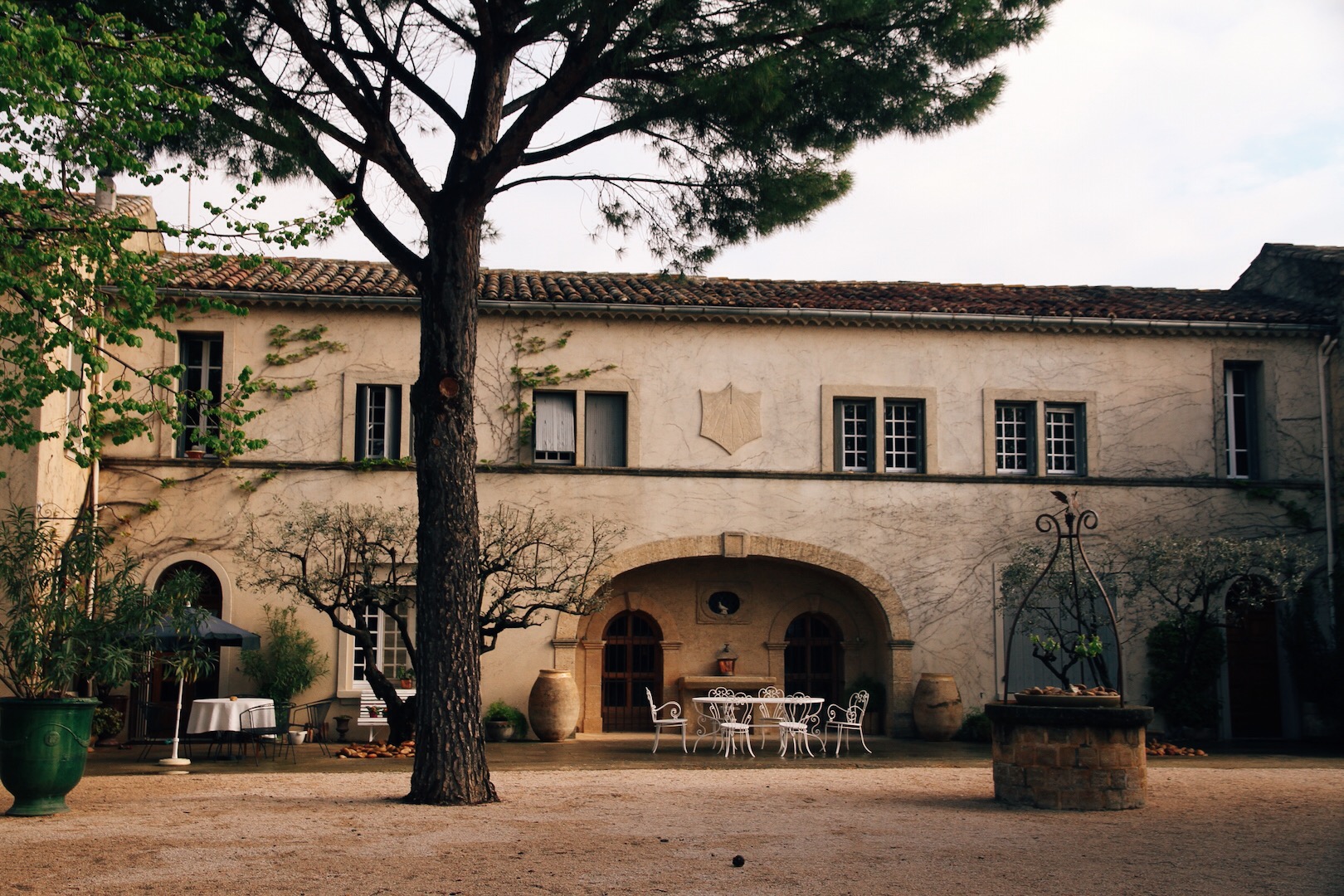


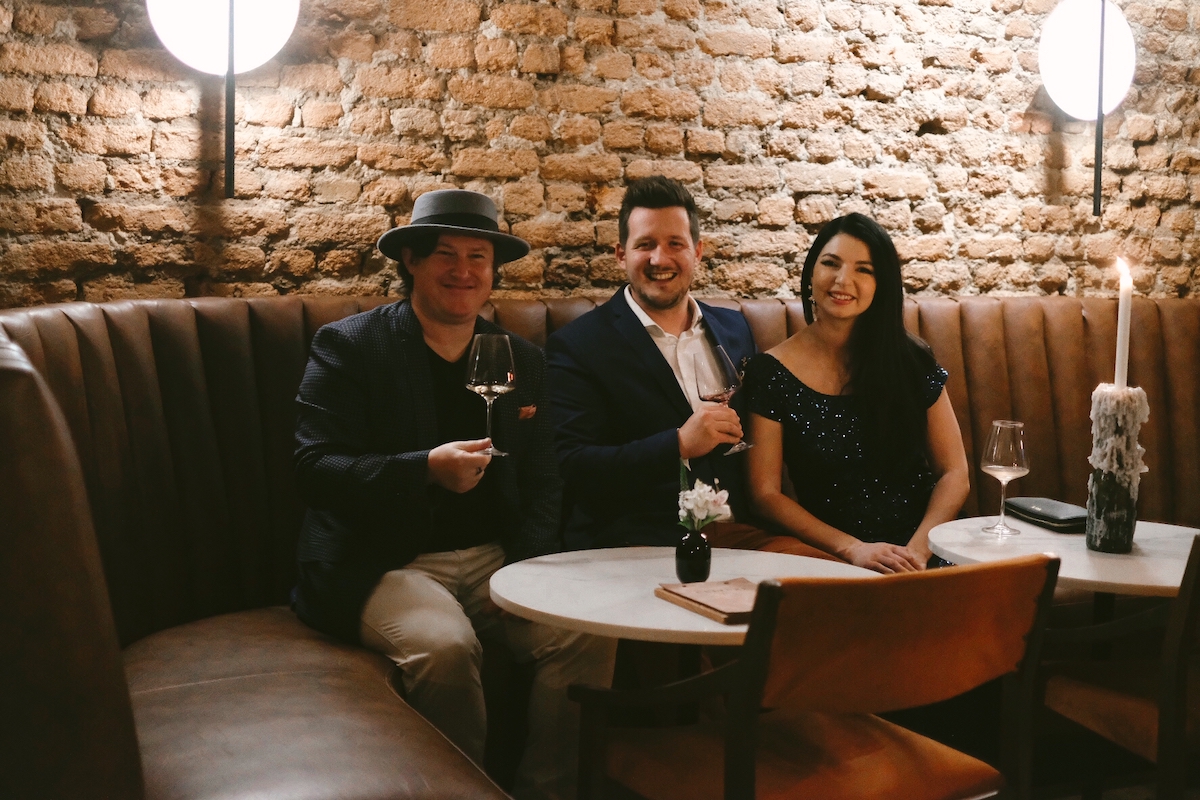
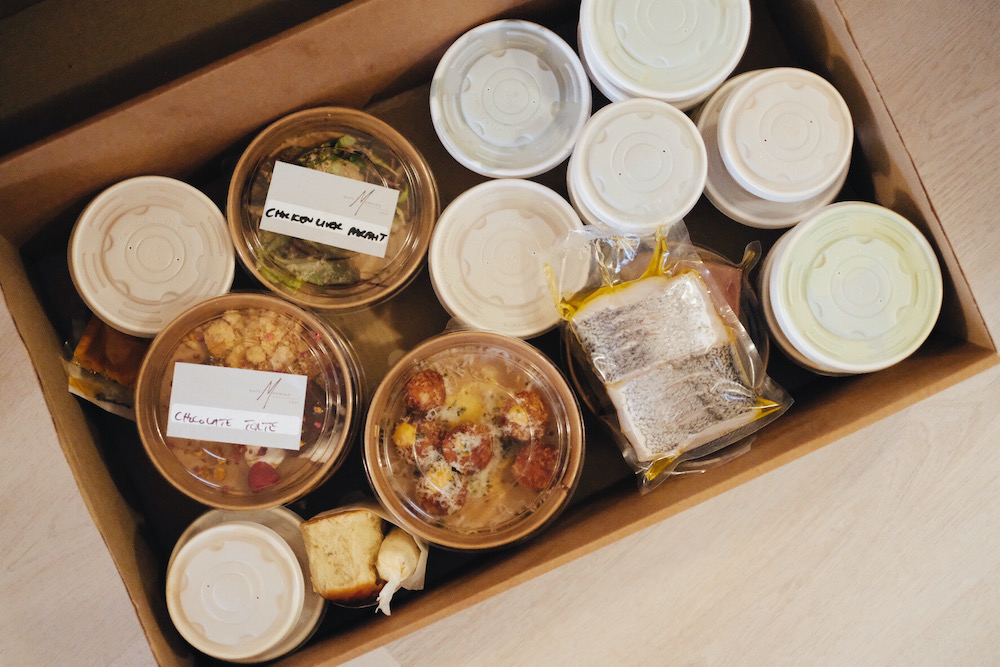
6 Comments